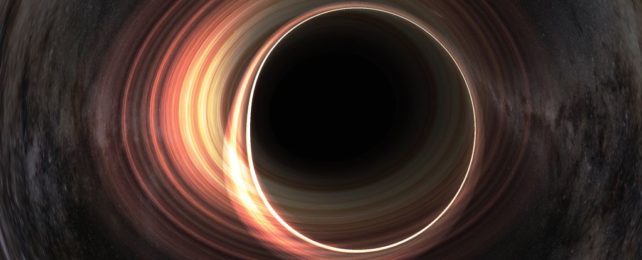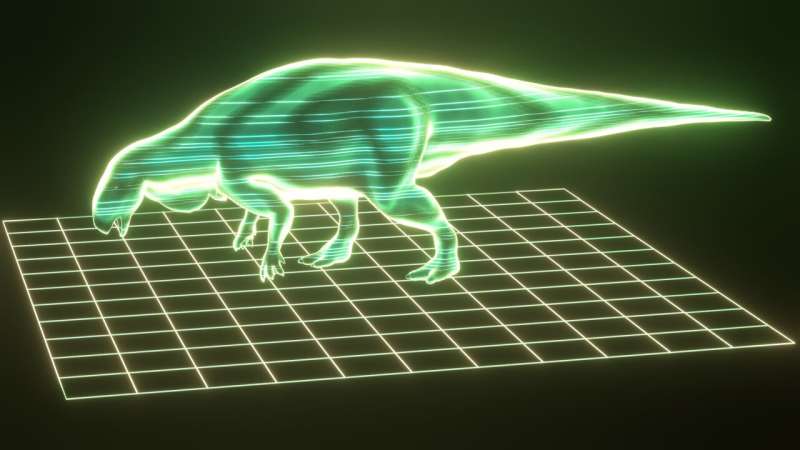The Arrival of Tree Roots May Have Triggered Mass Extinctions in The Ocean
PLANTS COLONIZE
THEIR NATURE IS IMPERIALISTIC
 (NK08gerd/Getty Images)
(NK08gerd/Getty Images)The first land plants to evolve penetrating root systems, around 400 million years ago, may very well have triggered a series of mass extinctions in the ocean.
The expansion of plants onto terra firma was a big moment on Earth, completely restructuring the terrestrial biosphere. According to researchers from Indiana University–Purdue University Indianapolis (IUPUI) in the US and University of Southampton in the UK, the consequences for our oceans might have been just as profound.
During the Devonian Period, which stretched from 360 million to 420 million years ago, the marine environment experienced numerous mass extinction events. A particularly destructive event towards the end of this period resulted in the extinction of up to nearly 60 percent of all genera in the ocean.
Some scientists think trees were the root cause of these losses.
As plant life moved away from water sources, they dug ever deeper for new sources of nutrients. At some point their roots would have begun to pull phosphorus from minerals locked up underground.
Once the tree decays, those nutrients within its biomass dissolve more easily into groundwater, which eventually winds up in the sea.
In the Devonian, as root systems grew more complex and moved further inland, more and more phosphorus would have been dumped into the marine environment.
A new timeline of these nutrient pulses speaks to their destruction. The data is based on the chemical analysis of stones from ancient lake beds and coastlines in Greenland and Scotland.
"Our analysis shows that the evolution of tree roots likely flooded past oceans with excess nutrients, causing massive algae growth," explains IUPUI earth scientist Gabriel Filippelli.
"These rapid and destructive algae blooms would have depleted most of the oceans' oxygen, triggering catastrophic mass extinction events."
While scientists have suspected tree roots of playing a role in Devonian mass extinctions before, this study is one of the first to calculate the magnitude and timing of phosphorus delivery from land to water.
From site to site, researchers found differences in how much phosphorus was present in the lake environment, but overall, most cases suggest there were large and rapid changes during the Devonian.
The fact that rising phosphorus levels in the ocean largely lines up with major extinction events during this time suggests the elevated nutrient played a role in the crisis.
Peaks of phosphorus exportation did not necessarily coincide in time or magnitude at each site studied, but the authors say that's to be expected. The colonization of land by plants was not a "single punctuated event", they explain, "but likely staggered geographically, peaking at different times in different parts of Euramerica and other parts of the Devonian Earth."
The phosphorus on land depleted at varying rates depending on the location, leading to marine extinction events that lasted many millions of years. Although the precise processes behind the nutrient absorption, plant growth, and decay more than likely varied, an overall trend seems apparent. During drier periods, researchers found phosphorus delivery to lakes shot upwards, suggesting that tree roots might decay if not enough water is available, leading to the release of their nutrients.
Today, trees aren't nearly as destructive for marine life as they were when they first arrived on the scene. Soil on land is now much deeper, allowing mineral-bound phosphorus to hide far beyond the reach of roots to leave organic molecules containing phosphorus to cycle more easily through the ecosystem.
That said, what is happening today shares worrisome patterns with what occurred hundreds of millions of years ago.
During the Devonian, atmospheric carbon dioxide and oxygen reached similar levels to those of recent years, but back then the changes were, in large part, due to the slow advance of plant life, as opposed to rapid changes through human activity.
Pollution from fertilizers and organic waste doesn't require tree roots to make it out to sea. It is pumped there by us, and it's triggering 'dead zones' of low oxygen in many important marine and lake environments.
"These new insights into the catastrophic results of natural events in the ancient world may serve as a warning about the consequences of similar conditions arising from human activity today," says Fillipelli.
The study was published in GSA Bulletin

